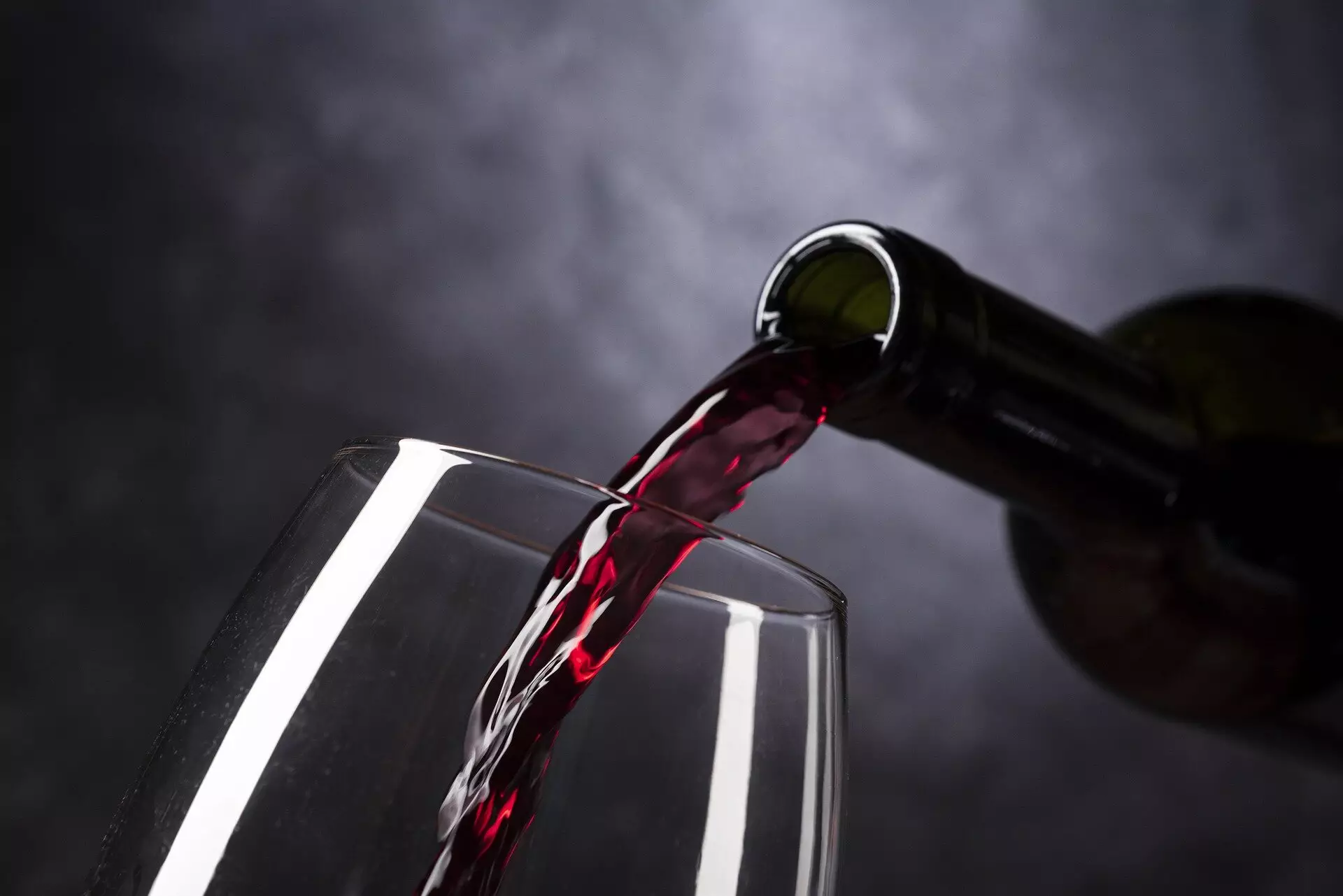Every wine has its own unique character, attributed to the complex blend of thousands of molecules that make it up. These molecules’ concentrations are influenced by various factors, such as the composition of grapes, soil structure, grape variety, and winemaking practices. Even small variations in these factors can significantly impact the taste and sensory qualities of the wine. This complexity poses a challenge when it comes to determining the precise origin of a wine based solely on sensory evaluations. With climate change, evolving consumer preferences, and an increase in counterfeiting, the wine industry needs effective tools to authenticate the identity of wines accurately.
Researchers at the University of Geneva and the Institute of Vine and Wine Science at the University of Bordeaux have long pursued the quest for a wine’s chemical signature that could serve as a reliable identifier of its origin. Previous attempts using conventional techniques proved inconclusive due to the intricate nature of wine blends and method limitations. The sheer number of molecules present in wine challenges comprehensive and detailed analysis. Additionally, the growing demand for more advanced and efficient methods necessitated a breakthrough.
In a groundbreaking study published in Communications Chemistry, a team led by Professor Alexandre Pouget from the University of Geneva successfully harnessed the power of artificial intelligence (AI) to identify the chemical mark of red wines from significant estates in the Bordeaux region with 100% accuracy. This achievement opens up avenues for combating counterfeiting and enhancing decision-making in the wine industry. The researchers combined gas chromatography, a widely-used method for separating mixture components, with AI tools to unlock vital insights.
The researchers collaborated with Stephanie Marchand’s team at the Institute of Vine and Wine Science, leveraging chromatograms and AI algorithms. The study utilized chromatograms from 80 red wines spanning twelve vintages (1990–2007) and seven esteemed estates in the Bordeaux region. Machine learning, a field of AI, facilitated the analysis by identifying recurring patterns in the raw chromatographic data.
Rather than focusing on specific peaks and concentrations, the team employed a technique known as dimensionality reduction. This approach allowed them to process each wine’s complete chromatogram, which can contain up to 30,000 points, while accounting for background noise and eliminating unnecessary variables. Through this reduction process, the researchers were able to summarize each chromatogram into two-dimensional coordinates, referred to as X and Y coordinates.
When plotted on a graph, the transformed chromatograms revealed distinct clusters, resembling “clouds” of points. Remarkably, each cloud grouped together wines from the same estate based on their chemical similarities. This discovery provided compelling evidence that each estate possesses its own distinctive chemical signature. The researchers further observed that three wines were grouped on the right and four on the left, reflecting the geographical distribution of the estates along the banks of the Garonne River.
Notably, the chemical identity of wines was not solely determined by the concentrations of a few specific molecules. Instead, a broad chemical spectrum played a defining role in differentiating wines from each other. This insight challenges conventional assumptions about wine composition and emphasizes the need to consider a comprehensive range of molecular components when identifying a wine’s origin.
The groundbreaking findings of this research demonstrate the possibility of identifying the geographical origin of a wine with 100% accuracy by applying dimensionality reduction techniques to gas chromatograms. These insights into the chemical composition of wines offer valuable perspectives on their sensory properties and potential for terroir preservation.
Beyond authentication, this research paves the way for the development of innovative tools to support decision-making in the wine industry. These tools can aid in preserving the unique identity and expression of terroirs and provide more effective measures to combat the growing threat of counterfeiting. By leveraging artificial intelligence and advanced analytical techniques, the wine industry can unlock new possibilities and ensure the authenticity and quality of wines for enthusiasts and connoisseurs alike.



Leave a Reply